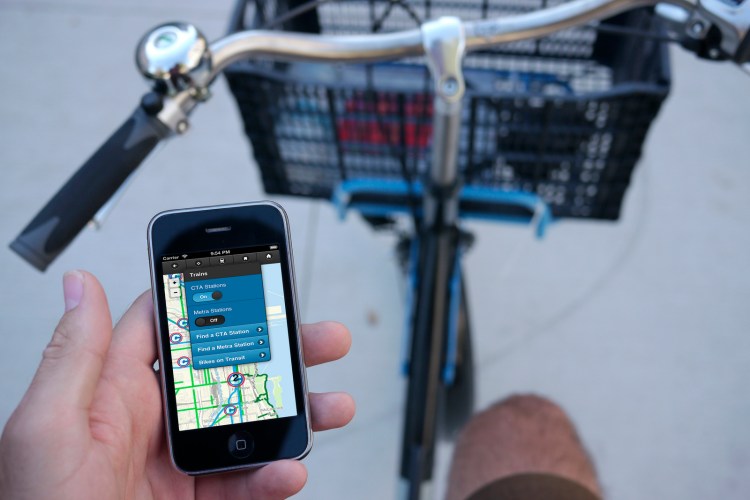Your iPhone may no longer ask for a password when you plop down on your couch at home.
That would be feasible with a location-based security system for iPhone, which Apple described in a patent application filed with the U.S. Patent and Trademark Office. Published today, the filing outlines a system that would alter certain user interface elements and device settings based on a mobile device’s location.
That means folks with iOS devices could set up multiple layers of security for different spaces. At home, you could set your iPhone or iPad to work without inputting a password, but you could have it require a four-digit passcode anywhere else. Or you could have your iPhone 5S ask for Touch ID anywhere outside your home or office. You could also demand higher authentication requirements for specific apps or functions based on a device’s location.

Above: An illustration in Apple’s location-based security patent filing.
The Apple devices using the system could determine their location through a variety of means, including cell tower data, Wi-Fi networks, GPS data, or proximity to other iOS devices. The system would need to verify devices’ location through at least two means to ensure accuracy, according to the filing.
The filing notes that folks may be prompted to enact stricter security settings if they don’t find them burdensome. Apple filed the patent application December 31, 2012, crediting Alexander Reitter, David Amm, Julian Missig, and Raymond Walsh as the inventors. Apple titled the application “Location-sensitive security levels and setting profiles based on detected location.”
Via: AppleInsider.


